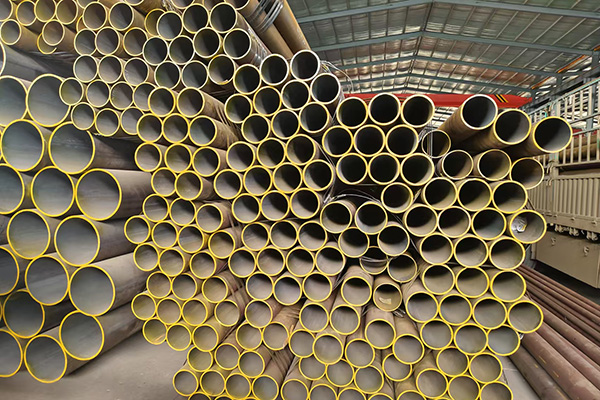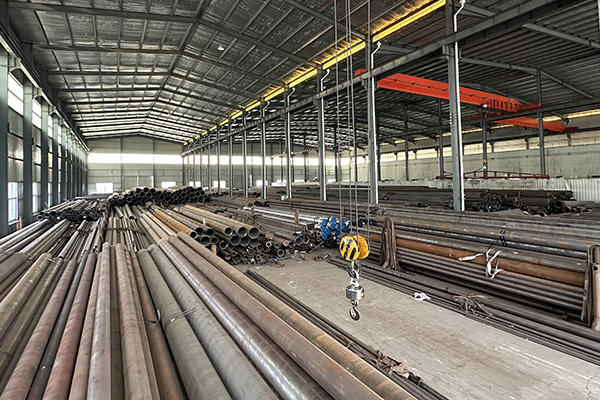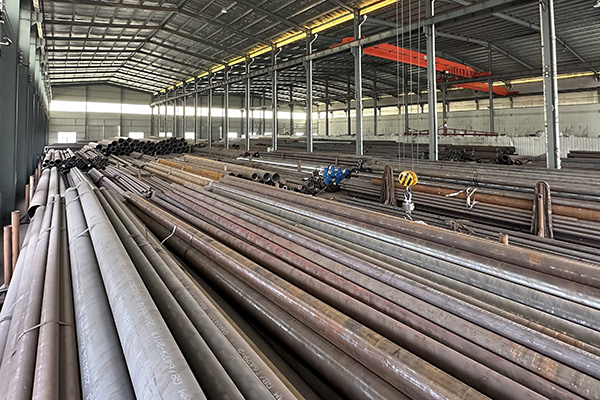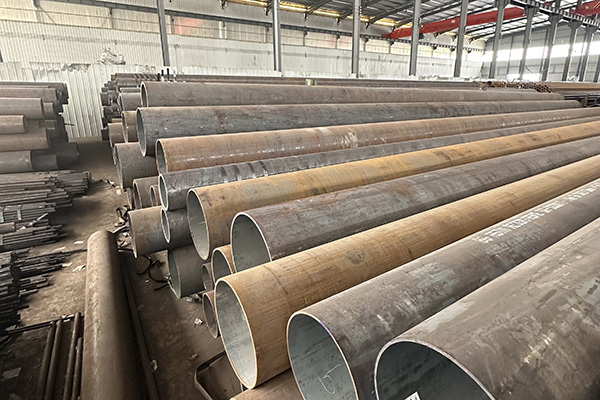
Introduction to High Pressure Steel Pipe
When it comes to transporting fluids and gases safely under demanding conditions, High Pressure Steel Pipe plays a crucial role. Designed to endure intense pressure levels, it ensures reliability and operational security in a wide range of projects. By meeting ASME standards and incorporating trusted grades such as SA333-6, this pipe type provides long-lasting performance where failure is not an option.


Core Characteristics of High Pressure Steel Pipe
Unlike ordinary piping systems, High Pressure Steel Pipe is engineered with specific qualities that make it indispensable in critical applications:
1.High Strength and Durability – Built to handle extreme pressure without compromising safety.
2.Thermal Stability – Withstands fluctuating temperature ranges without structural weakness.
3.Resistance to Corrosive Environments – Suitable for chemical, marine, and industrial conditions.
4.Precision Manufacturing – Produced under strict quality control, following ASME guidelines.
Together, these features allow High Pressure Steel Pipe to maintain consistent efficiency even under harsh operating conditions.
Why ASME Standards Matter
The ASME regulations serve as a benchmark for the production and testing of High Pressure Steel Pipe. They ensure that every pipe manufactured under this framework can withstand real-world challenges.
ASME standards typically cover:
·Pressure handling capabilities.
·Testing protocols for strength and durability.
·Acceptable material compositions such as SA333-6.
·Inspection and welding procedures to guarantee safety.
By choosing pipes that conform to ASME, industries secure global recognition and compliance, reducing risks in critical infrastructure.


Spotlight on Material: SA333-6
Among the recognized materials for high-pressure systems, SA333-6 is particularly valued. This grade is specifically formulated to perform under high pressure and low-temperature environments.
Notable Attributes of SA333-6:
·Cold-Temperature Reliability – Remains tough even in low-temperature service conditions.
·Excellent Pressure Resistance – Can withstand heavy loads without deformation.
·Versatile Application – Utilized in sectors like energy, power generation, and process industries.
·Alignment with ASME – Its compliance enhances trust for international projects.
Selecting SA333-6 for High Pressure Steel Pipe ensures consistent reliability and adherence to stringent standards.
Where High Pressure Steel Pipe is Used
Because of its unique features, High Pressure Steel Pipe is employed in a wide spectrum of industries, including:
Energy and Power Generation – Essential for pipelines in power stations, oil refineries, and gas distribution networks.
Construction and Infrastructure – Offers stability for large-scale structures such as bridges, towers, and industrial facilities.
Manufacturing and Processing – Ideal for hydraulic systems, chemical plants, and other industrial setups.
Water Treatment Systems – Handles high-pressure flow in distribution and treatment pipelines.
Its versatility makes it one of the most relied-upon materials for projects demanding safety and efficiency.
Benefits of Selecting the Right Pipe
Opting for the correct High Pressure Steel Pipe ensures a wide range of benefits:
1.Extended Service Life – Durable composition minimizes replacements.
2.Enhanced Safety – Reduces the possibility of sudden system failures.
3.Cost Efficiency – Lower maintenance and repair requirements reduce expenses.
4.International Acceptance – ASME-approved solutions are trusted globally.
These advantages demonstrate why engineers consistently prioritize High Pressure Steel Pipe for critical installations.
Inspection and Upkeep
Maintaining the longevity of High Pressure Steel Pipe requires a proactive approach:
·Routine Inspections – Identify surface corrosion or potential weak points early.
·Joint and Weld Testing – Ensure compliance with ASME welding guidelines.
·Hydrostatic Testing – Regular pressure tests to confirm integrity.
·Timely Replacement – Swap out compromised segments before failure occurs.
Preventive care secures both performance and safety in the long term.
Conclusion
The High Pressure Steel Pipe is more than just a pipeline solution—it is a foundation for safe, efficient, and durable infrastructure. Backed by ASME certification and strengthened by the SA333-6 grade, it delivers unmatched reliability for industries ranging from power generation to construction.
By understanding its features, compliance standards, and best practices for maintenance, decision-makers can ensure smooth operations, minimize risk, and achieve lasting project success. Wherever strength and safety are essential, High Pressure Steel Pipe remains the optimal choice.
References
GB/T 7714:Mohitpour M, Golshan H, Murray M A, et al. Pipeline design & construction: a practical approach[M]. New York: ASME press, 2007.
MLA:Mohitpour, Mo, et al. Pipeline design & construction: a practical approach. New York: ASME press, 2007.
APA:Mohitpour, M., Golshan, H., Murray, M. A., & Mohitpour, M. (2007). Pipeline design & construction: a practical approach (p. 752). New York: ASME press.





